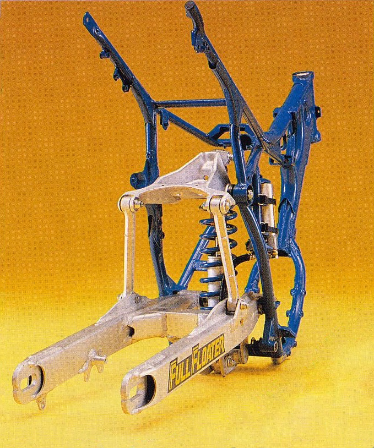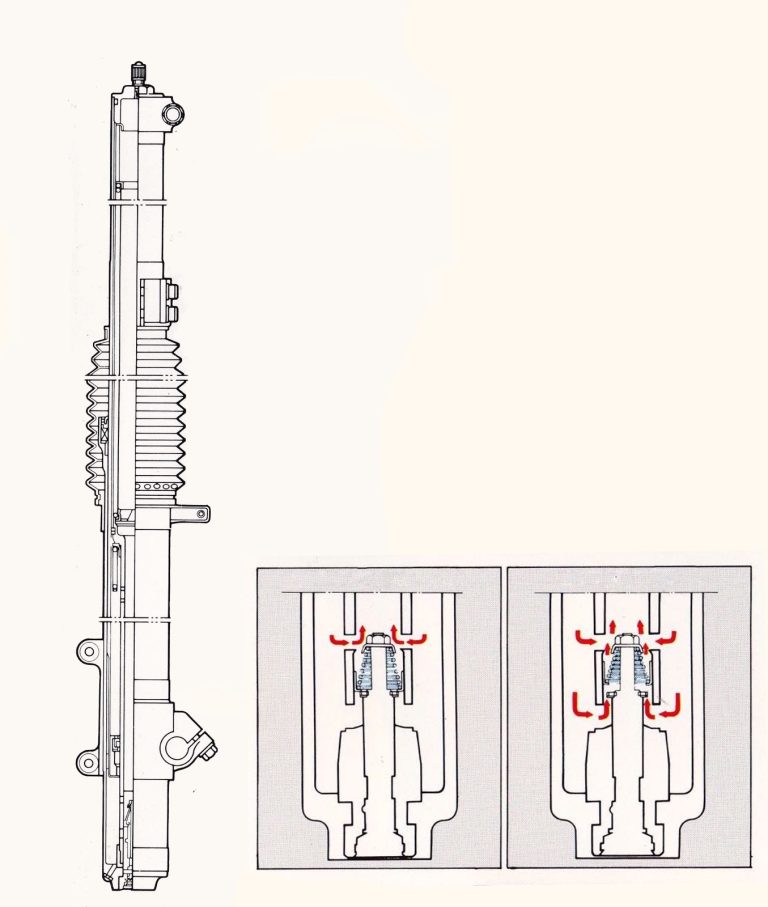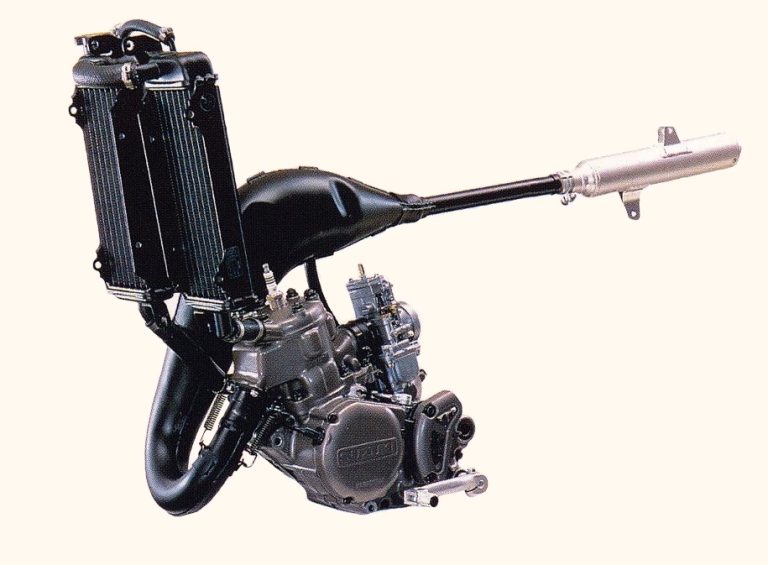In 1981, Suzuki revolutionized motocross with the introduction of the all-new RM125, featuring the innovative “Full Floater” rear suspension system. This groundbreaking design isolated the shock from the chassis at both ends, delivering unprecedented rear suspension performance. Coupled with a powerful liquid-cooled motor, the RM125-X dominated the eighth-liter class, showcasing Suzuki’s commitment to cutting-edge technology.
The Full Floater Era
The Full Floater suspension was a game-changer, offering superior handling and stability. In 1981, the RM125-X not only excelled in performance but also set a new benchmark for the competition. However, by 1982, advancements in engine technology left the RM’s motor slightly behind, even as its handling continued to be among the best in the class. Riders favored the RM125 for its excellent suspension, despite it not being the most powerful machine in its category.
Competing in a Changing Landscape
The landscape of motocross began to shift in 1983 as Honda, Yamaha, and Kawasaki introduced significantly 
Recognizing the need for improvement, Suzuki revamped the RM125 for 1984, introducing a completely new chassis and enhanced suspension. Despite these changes, the engine largely retained its 1981 design, utilizing Suzuki’s “Power Reed” intake system, which combined aspects of piston port and reed valve designs. However, the absence of a variable exhaust valve, a feature offered by its competitors, continued to plague the RM’s performance, particularly in low-end and midrange power.
The 1985 Revamp
In 1985, Suzuki aimed to reclaim its status in the 125 class with a series of comprehensive updates. The RM125 received a new motor design, featuring revised porting, a redesigned piston, and a more capable 34mm Mikuni flat-slide carburetor, replacing the previous year’s 32mm version. These modifications aimed to enhance power delivery and overall performance.
Despite these efforts, the RM125 remained unique among its Japanese counterparts for lacking a variable exhaust port system, which had become a standard feature in competitive bikes. Kawasaki’s KX125, with its Kawasaki Integrated Power-valve System (KIPS), showcased the advantages of this technology, leaving the RM at a disadvantage.
The End of an Era
As the 1980s progressed, the Full Floater’s supremacy faced challenges not just from rivals but also from internal factors. By 1985, a lawsuit regarding the suspension’s design and increasing concerns about weight and manufacturing costs led Suzuki to retire the original Full Floater system.
Despite these challenges, the RM125’s legacy as a well-suspended and well-handling machine remained intact. Riders continued to appreciate its performance on the track, even as the competition evolved. The RM125 may not have dominated power charts, but its engineering and design set a standard that influenced future models.
In summary, Suzuki’s RM125 experienced a transformative decade, marked by innovation and adaptation. From the revolutionary Full Floater to the challenges posed by competitors, the RM125 remains a significant chapter in motocross history, reflecting the relentless pursuit of performance and excellence in motorcycle design.
Leave a Reply